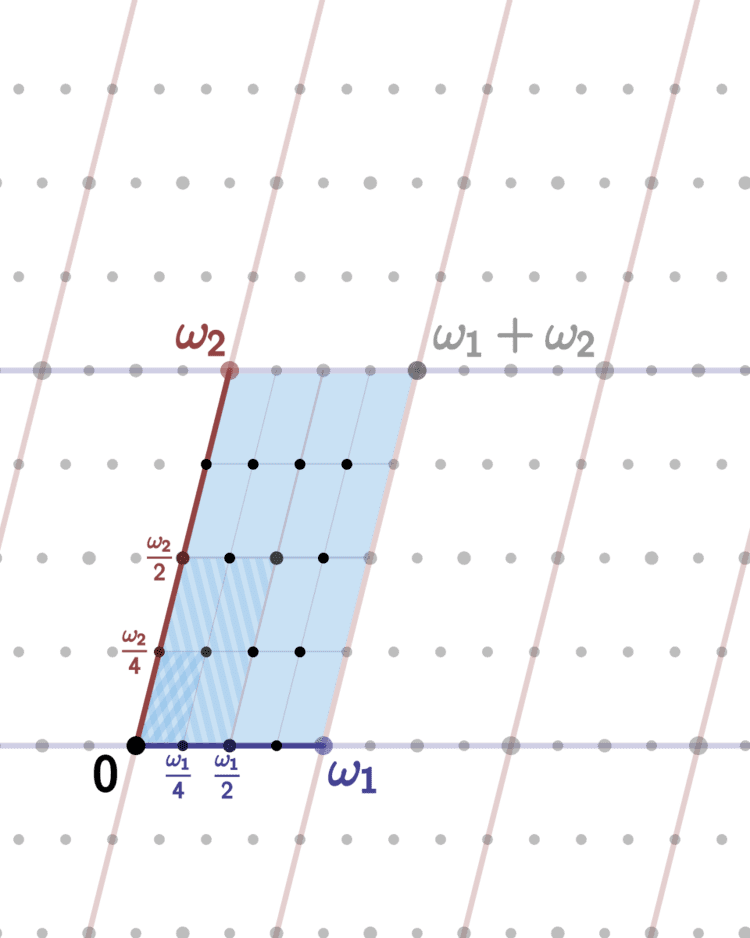 | ||
In the theory of abelian groups, the torsion subgroup AT of an abelian group A is the subgroup of A consisting of all elements that have finite order (the torsion elements of A). An abelian group A is called a torsion (or periodic) group if every element of A has finite order and is called torsion-free if every element of A except the identity is of infinite order.
Contents
The proof that AT is closed under addition relies on the commutativity of addition (see examples section).
If A is abelian, then the torsion subgroup T is a fully characteristic subgroup of A and the factor group A/T is torsion-free. There is a covariant functor from the category of abelian groups to the category of torsion groups that sends every group to its torsion subgroup and every homomorphism to its restriction to the torsion subgroup. There is another covariant functor from the category of abelian groups to the category of torsion-free groups that sends every group to its quotient by its torsion subgroup, and sends every homomorphism to the obvious induced homomorphism (which is easily seen to be well-defined).
If A is finitely generated and abelian, then it can be written as the direct sum of its torsion subgroup T and a torsion-free subgroup (but this is not true for all infinitely generated abelian groups). In any decomposition of A as a direct sum of a torsion subgroup S and a torsion-free subgroup, S must equal T (but the torsion-free subgroup is not uniquely determined). This is a key step in the classification of finitely generated abelian groups.
p-power torsion subgroups
For any abelian group
The torsion subgroup AT is isomorphic to the direct sum of its p-power torsion subgroups over all prime numbers p:
When A is a finite abelian group, ATp coincides with the unique Sylow p-subgroup of A.
Each p-power torsion subgroup of A is a fully characteristic subgroup. More strongly, any homomorphism between abelian groups sends each p-power torsion subgroup into the corresponding p-power torsion subgroup.
For each prime number p, this provides a functor from the category of abelian groups to the category of p-power torsion groups that sends every group to its p-power torsion subgroup, and restricts every homomorphism to the p-torsion subgroups. The product over the set of all prime numbers of the restriction of these functors to the category of torsion groups, is a faithful functor from the category of torsion groups to the product over all prime numbers of the categories of p-torsion groups. In a sense, this means that studying p-torsion groups in isolation tells us everything about torsion groups in general.
